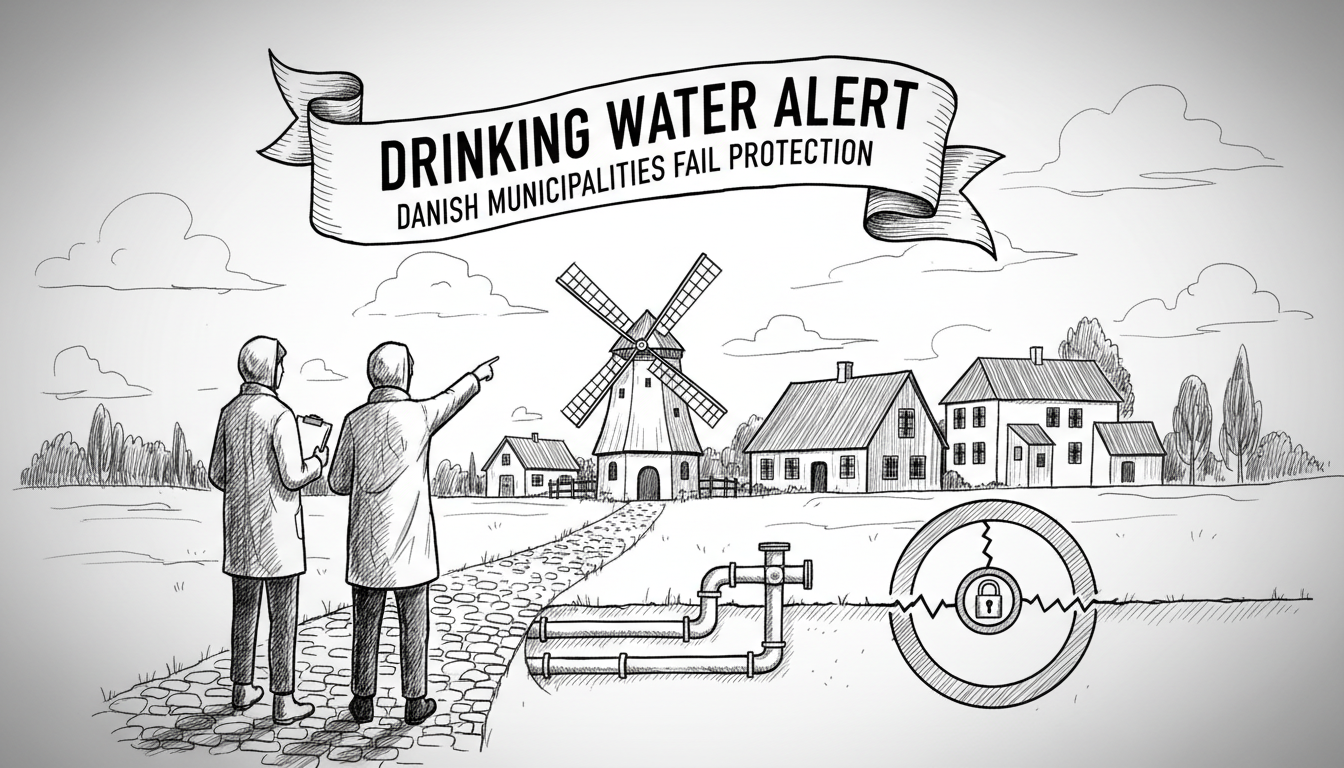Environmental authorities are taking action against dozens of Danish municipalities that continue to neglect their legal obligation to protect drinking water sources. The situation reveals concerning gaps in Denmark's renowned environmental governance despite full funding and clear deadlines.
Environment Minister Magnus Heunicke confirmed 31 municipalities face official reporting for failing to establish adequate protection zones around drinking water wells. More than half of Denmark's 98 municipalities still haven't secured sufficient protection for these critical groundwater areas, even though the task has been fully funded and known for considerable time.
Heunicke expressed strong frustration about the situation. He stated the lack of progress remains unacceptable given the comprehensive financial support and extended preparation period municipalities received. The minister emphasized this represents a core legal responsibility rather than an optional task.
Concerning data shows more than every second drinking water well in Denmark contains contamination from pesticide residues and other toxic substances. This pollution threatens the country's precious groundwater resources, traditionally considered among Europe's purest drinking water sources.
Parliament previously passed legislation requiring municipalities to prohibit pesticide use in vulnerable well protection zones. The broad political consensus demonstrated the importance all parties placed on water security. Yet implementation at local levels continues to lag behind national ambitions.
Current statistics reveal only 65.6 percent of required protection zones now meet standards. While this marks a 20.6 percentage point improvement since spring, the pace remains insufficient. Fifty-one municipalities still protect less than 90 percent of their required drinking water areas.
Carl-Emil Larsen, director of the Danish Water and Wastewater Association, has consistently advocated for stronger enforcement mechanisms. He described the current situation as embarrassing for a nation that prides itself on environmental leadership. Larsen suggested water protection might be sliding down priority lists despite its fundamental importance.
The director previously told the environment minister that regulations contained too many suggestions and insufficient mandates. He hopes upcoming regulatory analysis will strengthen enforcement mechanisms. The environmental ministry plans to publish this groundwater protection assessment before Christmas.
Twenty-five municipalities faced earlier reporting to the Appeals Authority, with only five subsequently achieving compliance. The remaining cases highlight systemic challenges in translating national environmental policies into local action. This disconnect between legislation and implementation raises questions about Denmark's environmental governance model.
The situation carries implications beyond environmental protection. Denmark's welfare system depends on predictable public services, including safe drinking water. International observers often cite Danish water management as exemplary, making these compliance failures particularly noteworthy.
Integration challenges in cities like Copenhagen sometimes overshadow environmental policy implementation. Yet both issues reveal similar tensions between national standards and municipal execution. The water protection delays demonstrate how even well-funded mandates can stall without persistent oversight.
Danish social policy typically emphasizes prevention and long-term planning. The current water protection gaps contradict these principles, suggesting either insufficient local capacity or competing priorities. As climate change intensifies water security concerns, these protection zones will become increasingly vital for public health.
The coming regulatory analysis will likely influence whether Denmark maintains its reputation for environmental excellence. Meanwhile, residents rightly expect to open their taps without fearing contamination from neglected protection zones.

